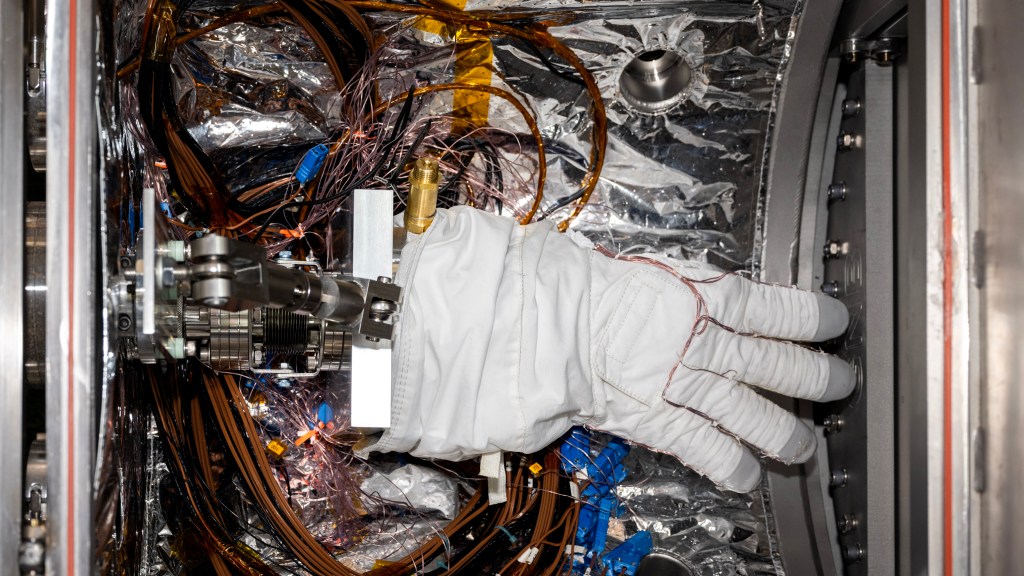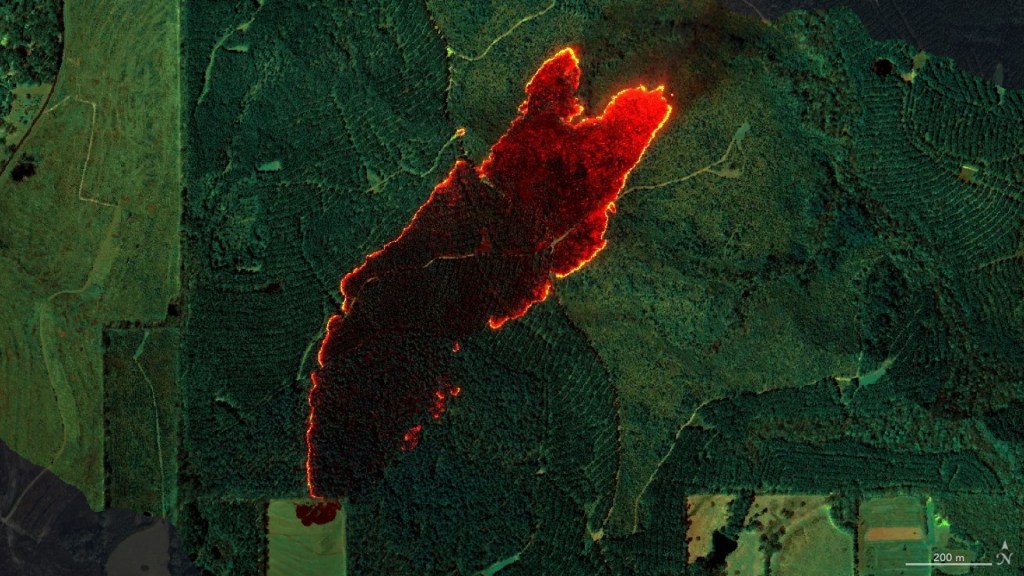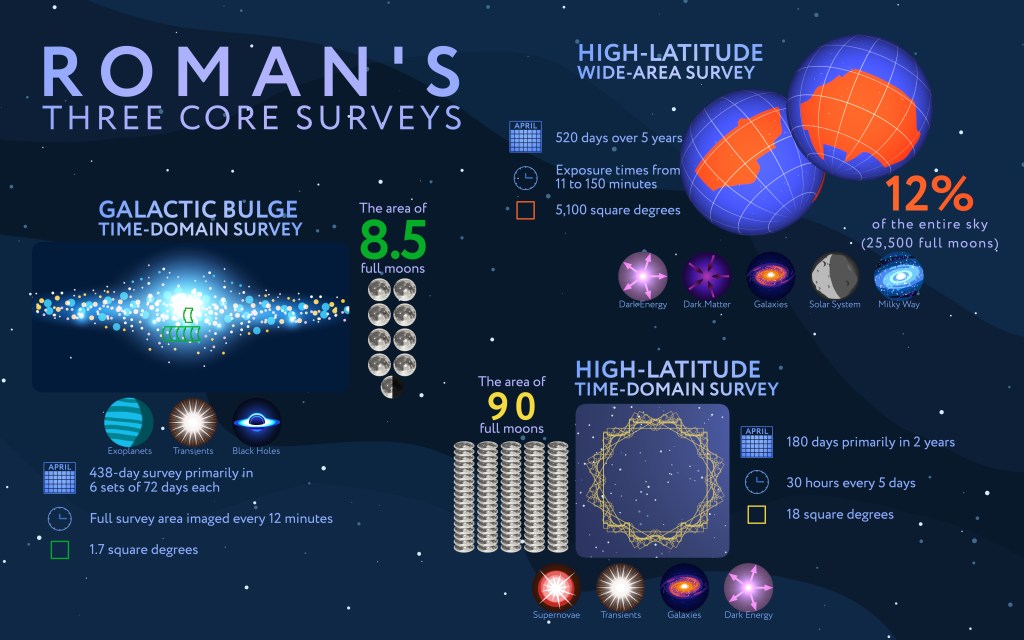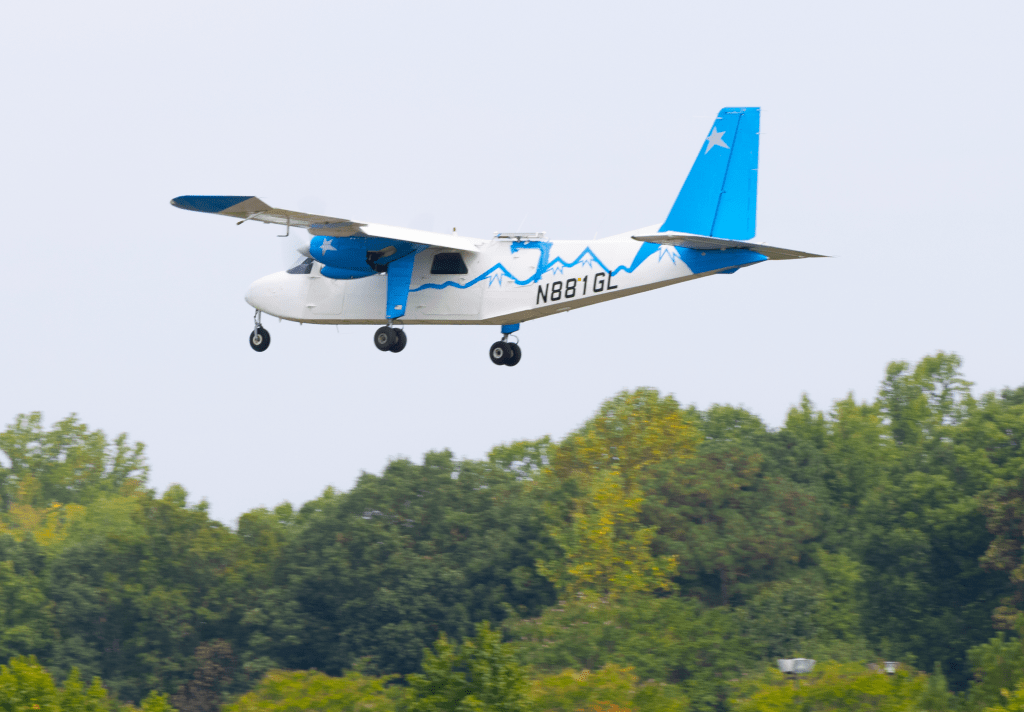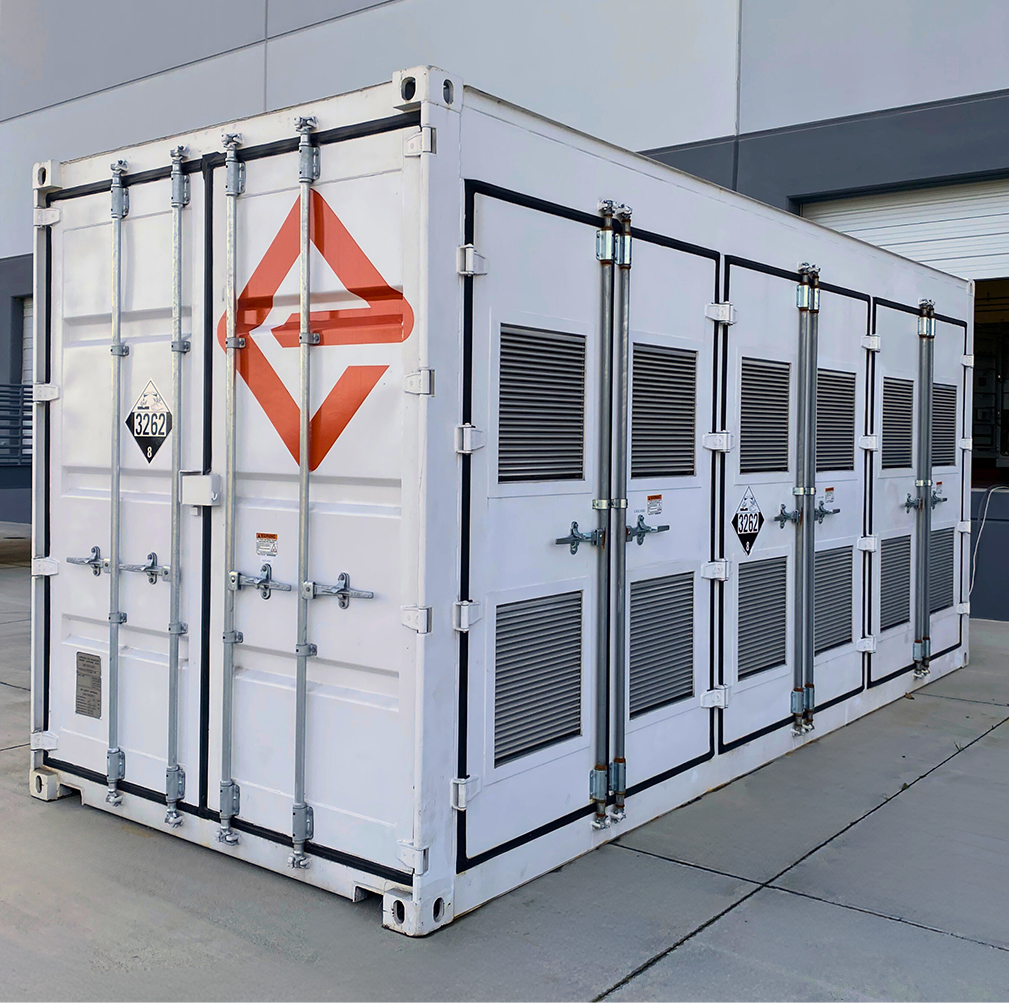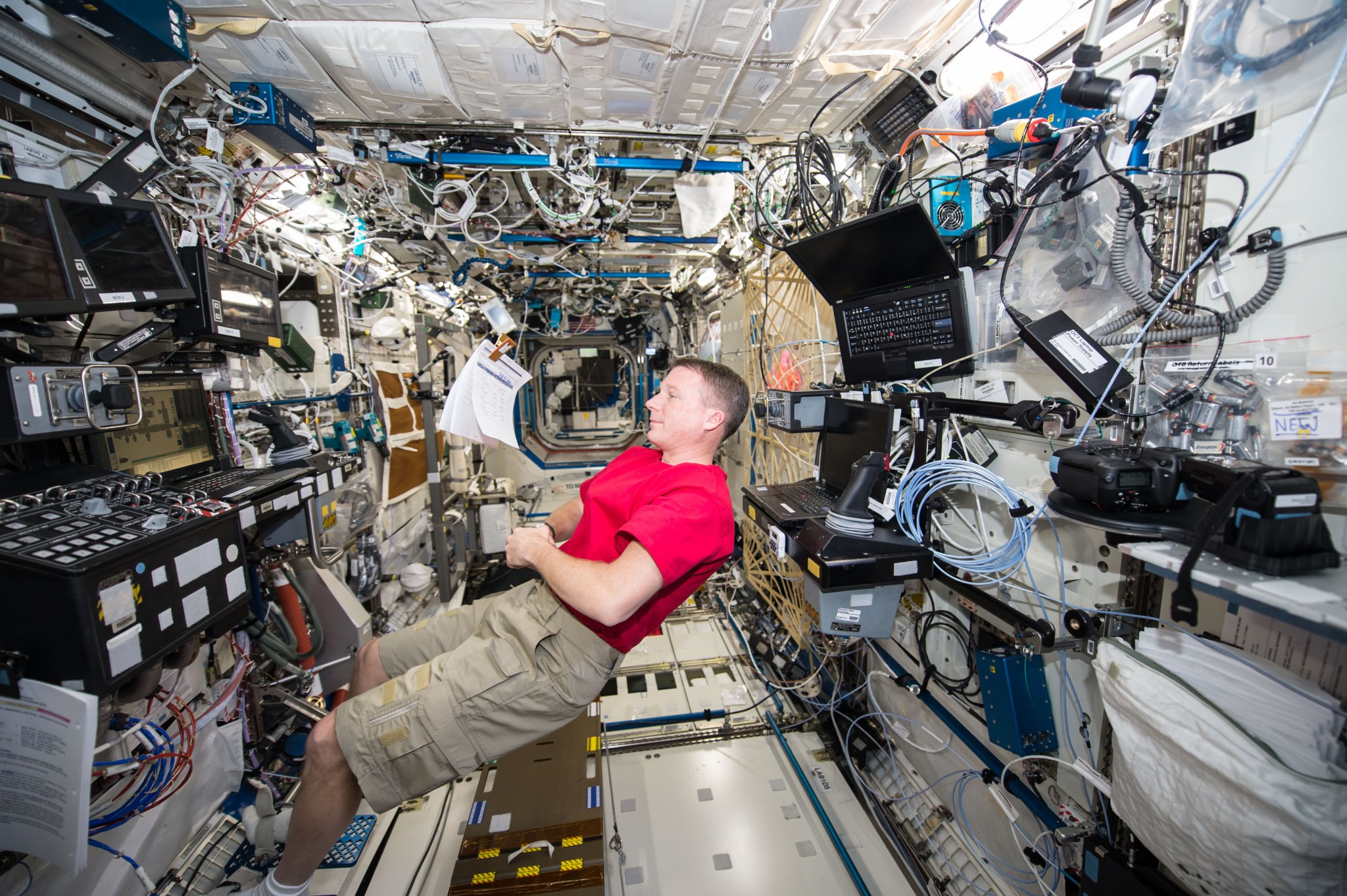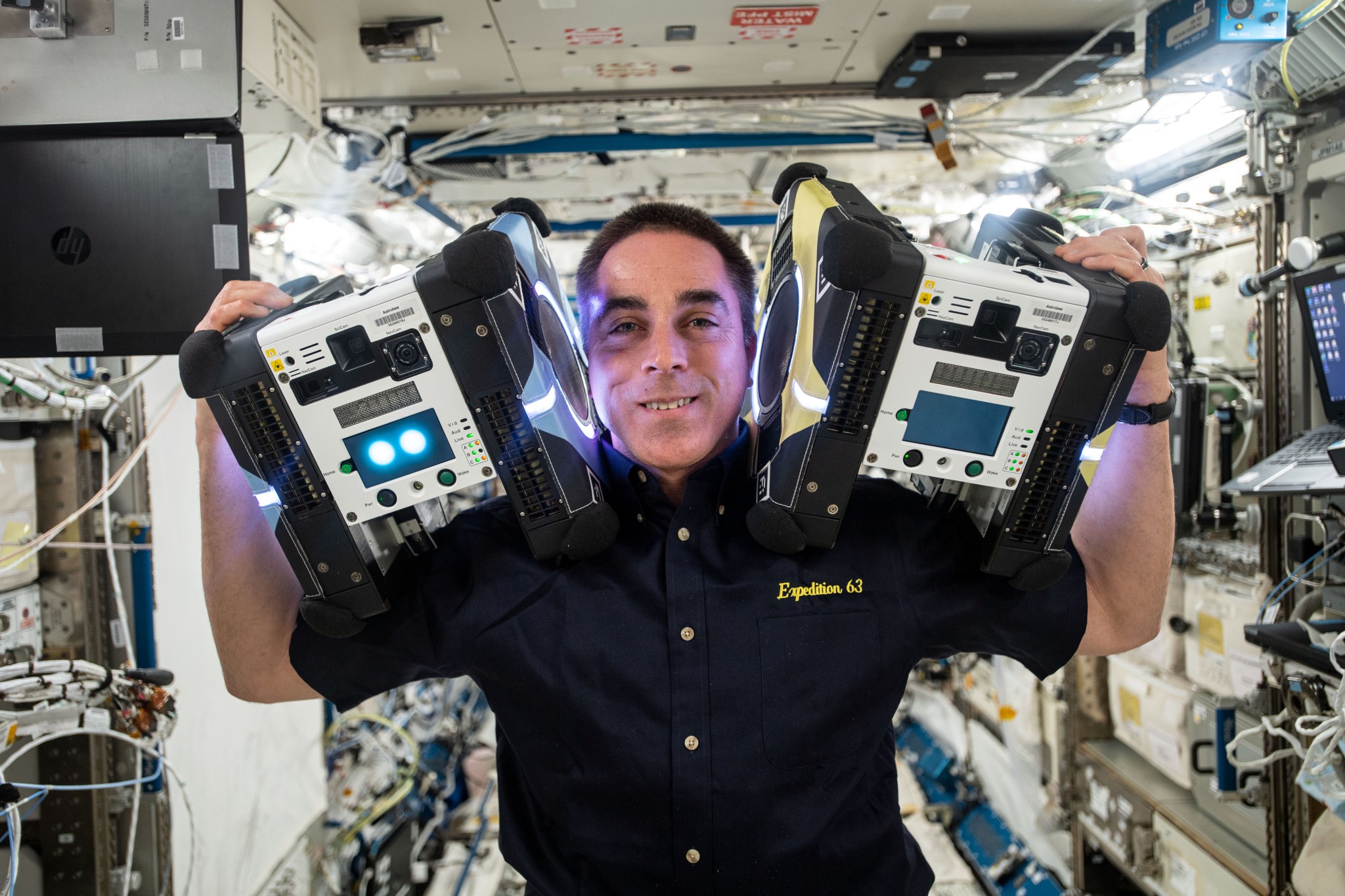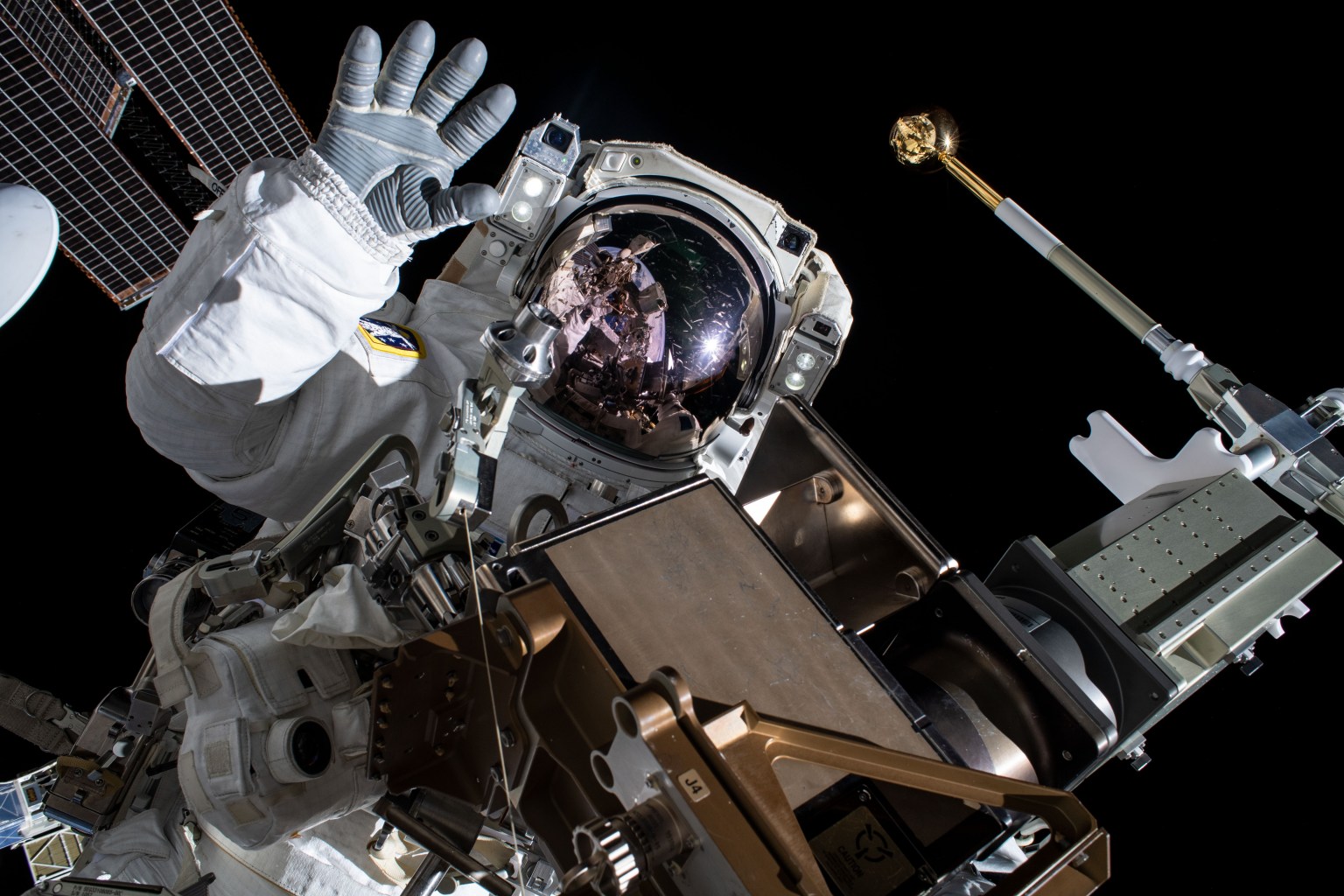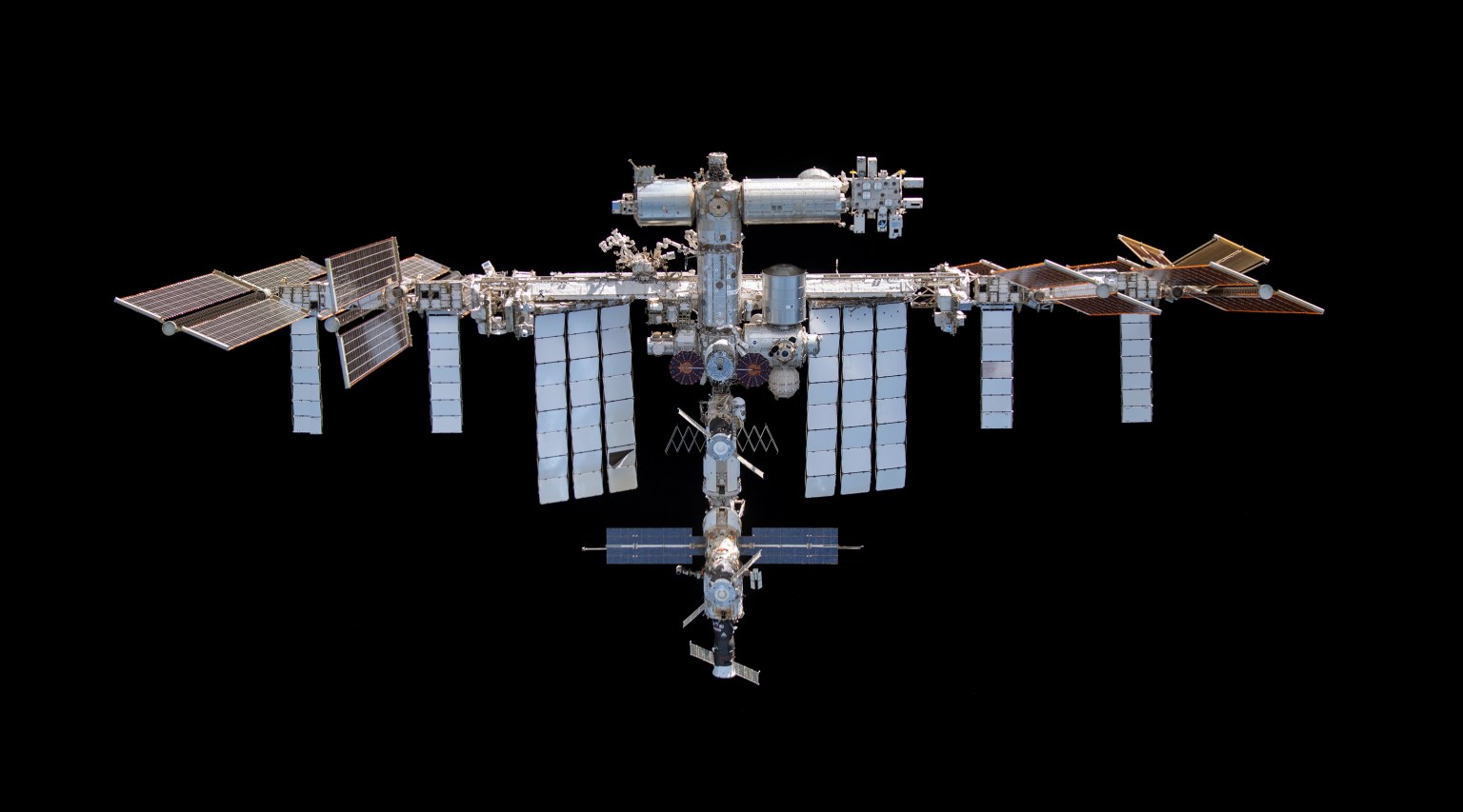The EIHSO risk can impact all phases of mission operation where the crew-members are expected to interact with the vehicle in both nominal and off-nominal operation. Most importantly, as the distance from Earth increases, crew will need to be more independent and be able to handle greater operational complexity. Without the current level of ground support, there is a possibility that crew will be unable to adequately respond to unanticipated critical malfunctions and/or perform safety critical procedures.
Directed Acyclic Graph Files
+ DAG File Information (HSRB Home Page)
+ HSIA Risk DAG and Narrative (PDF)
Human Research Program
+ Risk of Adverse Outcome Due to Inadequate Human Systems Integration Architecture
Multiple Evidence Reports are available for this Risk. Please see the relevant section on the Human Research Roadmap Evidence page for all of the Evidence Reports.


